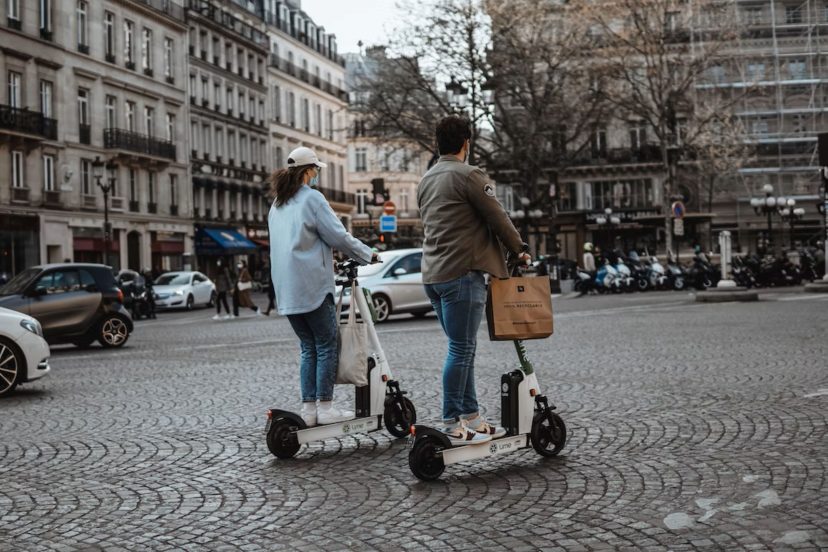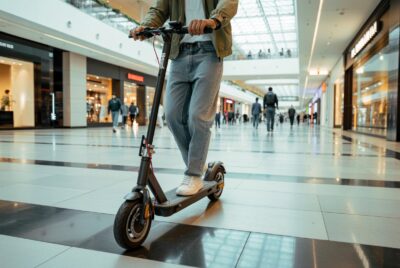Redefining Urban Travel with Effective Low-Carbon Transportation
*We may earn a commission for purchases made using our links. Please see our disclosure to learn more.
Hello there, fellow urban explorers! Have you ever found yourself stuck in traffic, wondering if there’s a better way to navigate our bustling cities without leaving a trail of carbon emissions? You’re not alone. The urgency of our environmental concerns has sparked a revolution in urban transportation. Join me as we embark on a journey through the realm of low-carbon transportation and explore how it’s reshaping our cities for the better.
The Landscape of Low-Carbon Transportation
In a world where every step toward sustainability matters, low-carbon transportation emerges as a beacon of hope. It’s not limited to a single mode of travel; it’s a tapestry of options that collectively reduce our carbon footprint. From walking and cycling to electric vehicles and shared mobility services, the possibilities are vast and exciting. Each choice we make contributes to a cleaner, greener, and more efficient urban landscape.
Modes of Low-Carbon Transportation
Let’s dive deeper into the diverse modes of low-carbon transportation that are transforming the way we move through our cities:
Walking and Cycling
These are the bedrock of low-carbon transportation. Walking promotes physical activity, reduces traffic congestion, and is emissions-free. Cycling not only provides a healthy mode of travel but also reduces pollution and carbon emissions. Many cities are investing in pedestrian-friendly paths and dedicated bike lanes, making these options safe and accessible.
Electric Vehicles (EVs)
Beyond electric cars, electric scooters, bikes, and even buses are becoming popular low-carbon options. EVs offer zero-emission alternatives to traditional gasoline vehicles, utilizing electric motors and batteries to power the journey. Charging infrastructure is expanding, making EVs a feasible choice for urban travel.
EcoSmart SUP Electric Scooter
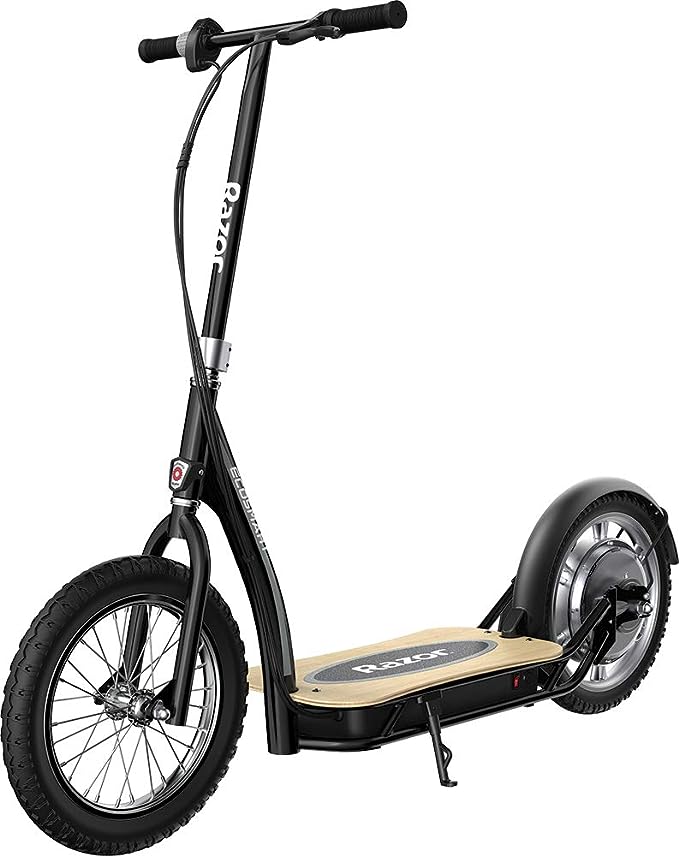
Discover the EcoSmart SUP Electric Scooter, a fusion of style and performance for the modern rider. Its 16″ air-filled tires glide over various terrains with ease, while the wide bamboo deck offers stability and comfort.
The 350w high-torque hub-driven motor propels you to speeds of up to 15.5 mph, and with a range of 15.5 miles, your journey knows no bounds. Engage the rear-wheel drive for seamless control, making every ride an exhilarating experience.
Embrace eco-friendly commuting without compromising on power and style. Elevate your ride with the EcoSmart SUP Electric Scooter and redefine your urban adventure.
Wallke X3 Pro Electric Bike
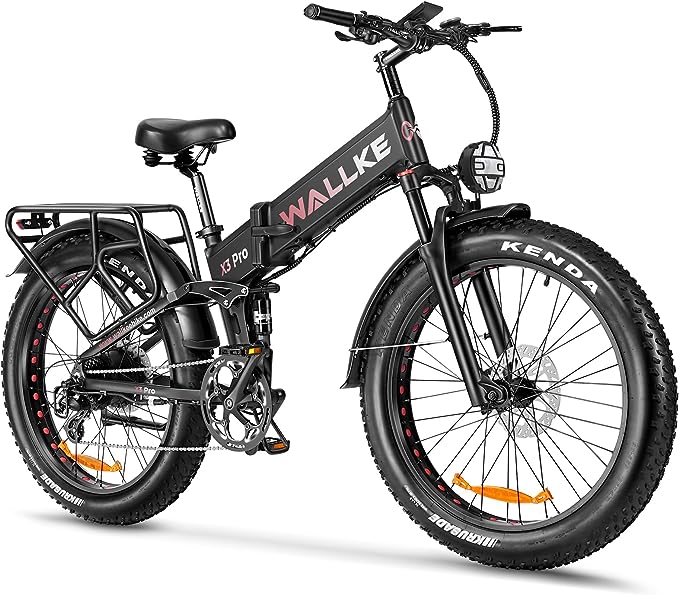
Experience the ultimate in versatile and powerful transportation with the Wallke X3 Pro Electric Bike. Designed for adults, this folding eBike boasts a 750W motor propelling you to speeds of up to 32MPH.
Conquer any terrain with confidence using the fat tire design and full suspension system, ensuring a smooth ride on your 26-inch mountain electric bicycle.
Choose from various battery options (48V 20AH/16AH/14AH) to match your journey’s needs. With 8-speed settings, customization is at your fingertips. Redefine your ride, whether commuting or adventuring, with the Wallke X3 Pro – where innovation, speed, and comfort unite.
Public Transportation
Trains, buses, subways, and trams are efficient ways to move large numbers of people while minimizing individual vehicle emissions. Public transit reduces congestion, conserves energy, and decreases air pollution. Integrating public transport with other modes like cycling and walking creates a seamless and sustainable urban travel experience.
Carpooling and Ride-Sharing
Sharing rides reduces the number of vehicles on the road, leading to lower emissions and less congestion. Ride-sharing services allow multiple passengers to share a single vehicle, optimizing travel efficiency and reducing the overall carbon footprint of the journey.
Micro-Mobility Solutions
This category encompasses a range of options such as electric scooters, skateboards, and hoverboards. These compact and agile vehicles are perfect for short distances and urban commutes. They contribute to reducing traffic congestion and offer an eco-friendly alternative to conventional transportation.
Bike-Sharing Programs
Many cities offer bike-sharing systems that allow users to rent bicycles for short trips. These programs promote active travel, reduce vehicle emissions, and provide a flexible and sustainable mode of transportation for urban residents.
Pedestrian-Friendly Infrastructure
Creating safe and accessible pedestrian paths is an essential component of low-carbon transportation. Well-designed walkways not only encourage walking but also enhance the urban environment, making it more appealing and enjoyable for pedestrians.
Benefits for the Environment and Health
The impact of low-carbon transportation reaches far beyond convenience. Imagine strolling or cycling along tree-lined streets, inhaling fresh air instead of exhaust fumes. This shift significantly improves air quality, reducing the harmful pollutants that have plagued our cities for far too long. What’s more, embracing active modes of travel, such as walking and cycling, promotes physical activity and leads to healthier, happier communities.
Economic Advantages and Cost Savings
Now, let’s talk numbers. Low-carbon transportation isn’t just environmentally responsible; it’s also wallet-friendly. By choosing sustainable options, you’re not only saving money on fuel and parking but also contributing to lower maintenance costs for vehicles. Whether it’s the reduced need for fuel or the diminished wear and tear on your car, the financial benefits of eco-friendly travel are undeniable.
Infrastructure and Accessibility
For the wheels of change to turn smoothly, we need the right infrastructure in place. Bike lanes, pedestrian-friendly paths, and charging stations for electric vehicles – these are the building blocks of a city designed for sustainable travel. And let’s not forget accessibility. A truly inclusive transportation system ensures that everyone, regardless of their abilities, can participate in the journey toward a greener future.
Integration with Public Transport
The beauty of low-carbon transportation lies in its adaptability and complementarity. Imagine hopping off a train and seamlessly transitioning to a shared electric vehicle for the final leg of your journey. The integration of eco-friendly options with existing public transportation networks not only reduces congestion but also offers a convenient and holistic travel experience.
Overcoming Challenges and Misconceptions
Change can sometimes be met with skepticism. Questions about the practicality and safety of low-carbon transportation options are natural. However, it’s essential to dispel the myths surrounding sustainable travel. Modern technology ensures the safety and efficiency of electric vehicles, while the proven benefits of walking and cycling speak for themselves.
Technological Innovations
The demand of technology and transportation has given rise to innovative solutions. Battery technology is evolving rapidly, extending the range of electric vehicles and reducing charging times. Smart infrastructure is enabling real-time data sharing and optimizing traffic flow. As technology continues to evolve, the possibilities for low-carbon transportation become increasingly exciting.
Community Impact and Social Dynamics
Low-carbon transportation isn’t just about getting from point A to B; it’s about transforming communities. Less traffic congestion means quieter streets and safer neighborhoods. Embracing active modes of travel fosters a sense of camaraderie among neighbors and strangers alike. It’s about creating a connected and vibrant urban fabric.
Government Policies and Initiatives
The transition to low-carbon transportation isn’t a solo journey; governments play a crucial role. Forward-thinking policies and incentives encourage individuals and businesses to adopt sustainable travel options. Cities around the world are implementing bike-sharing programs, pedestrian-friendly initiatives, and electric vehicle incentives, paving the way for a greener urban landscape.
The Role of Every Individual
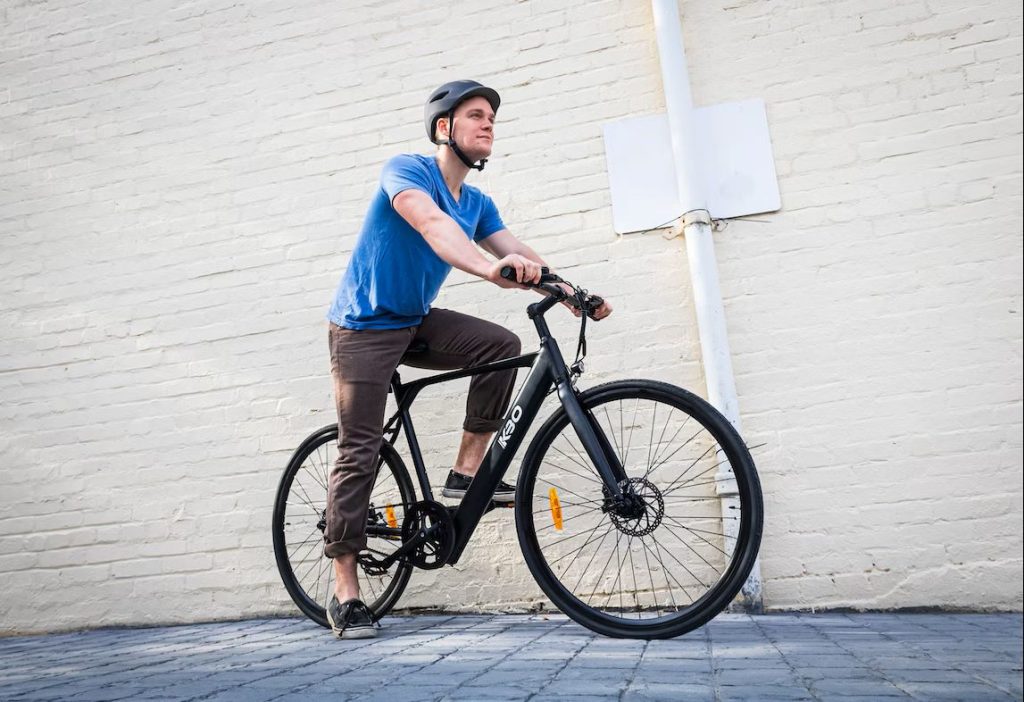
Change begins with us. Each time we choose to walk, cycle, or use public transportation, we’re contributing to a healthier environment. Small actions accumulate, leading to a significant impact. By making conscious choices in our daily travels, we become agents of change, setting an example for others to follow.
Future Trends and Possibilities
As we gaze into the future, the horizon is teeming with possibilities. The rise of shared mobility, the advent of autonomous vehicles, and the integration of renewable energy sources into transportation networks – these are just a few of the trends shaping the landscape of urban travel. Our cities are on the cusp of transformation, and our choices today will shape the world of tomorrow.
Conclusion
In a world where every journey matters, the shift toward low-carbon transportation is a collective endeavor. It’s a journey of resilience, innovation, and conscious choices. As urban explorers, we have the power to reshape our cities and create a legacy of sustainability. So, let’s step onto the path of change and lead the way toward a greener, healthier, and more vibrant urban future.
FAQs
Q1: Are there any cities leading the way in adopting low-carbon transportation?
Absolutely! Cities like Copenhagen, Amsterdam, and Portland are renowned for their progressive transportation policies and infrastructure.
Q2: How can I encourage my community to embrace sustainable transportation?
Start small – organize bike rallies, advocate for pedestrian-friendly infrastructure, and engage in conversations about the benefits of eco-friendly travel.
Q3: Are electric vehicles the only option for low-carbon transportation?
No, not at all. Walking, cycling, carpooling, and using public transit are all effective ways to reduce carbon emissions from transportation.
Q4: How can I calculate my carbon footprint from transportation?
Numerous online calculators are available that help estimate your carbon emissions based on your travel habits and vehicle type.
Q5: What’s the long-term impact of adopting low-carbon transportation on global climate change?
Transitioning to low-carbon transportation is a significant step in reducing greenhouse gas emissions, contributing to global efforts to mitigate climate change.
In closing, let’s embrace the possibilities of low-carbon transportation and embark on a journey that promises a brighter future for our cities and the planet. Your choices matter – let’s pave the way for a sustainable legacy. 🌍🚲

